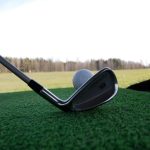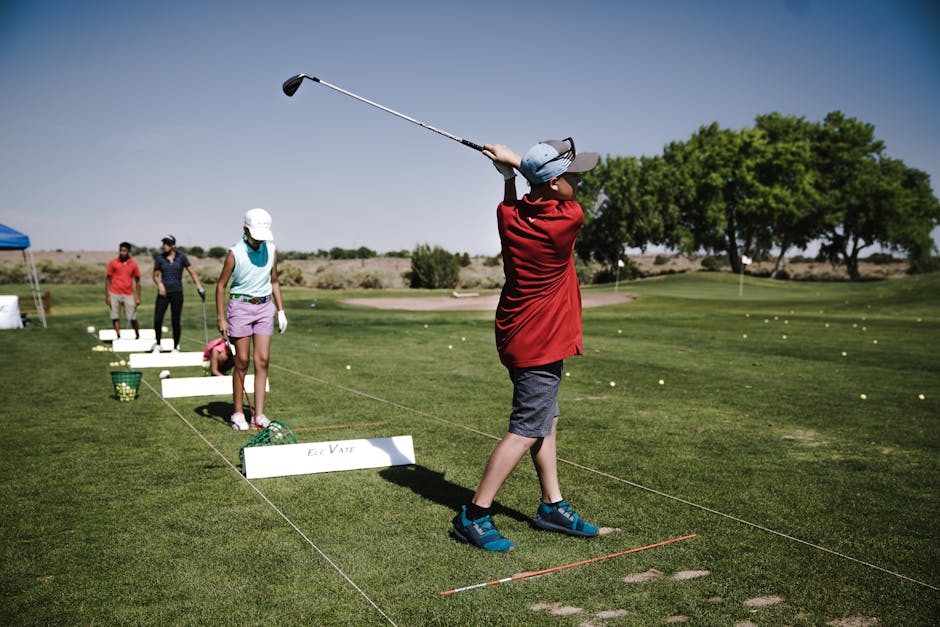Golf clubs are indispensable tools for playing the game of golf. They come in various types, each designed for a specific purpose. Understanding the different types of golf clubs and their uses is crucial for improving your game. In this blog post, we will explore the types of golf clubs, their functions, and provide tips on choosing the right ones for your needs.
**Types of Golf Clubs**
* **Woods:** Woods are the longest clubs in a golf bag and are used for hitting the ball long distances. They have large clubheads and graphite or steel shafts. There are three main types of woods: the driver, fairway wood, and hybrid.
* **Irons:** Irons are used for hitting the ball a shorter distance than woods. They have smaller clubheads and shorter shafts. The most common irons are numbered from 3 to 9, with each number representing a different distance and loft angle.
* **Wedges:** Wedges are specialized clubs designed for specific shots, such as sand shots, bunkers, and close-range shots around the green. They have wide, heavy soles and high loft angles.
* **Putters:** Putters are used for rolling the ball on the green to get it into the hole. They have a flat clubface and a long, heavy shaft.
**Functions of Golf Clubs**
* **Driver:** The driver is used for tee shots and is the longest-hitting club in the bag. Its large head and low loft generate maximum distance.
* **Fairway Wood:** Fairway woods are used for shots from the fairway or rough. They have a smaller head and more loft than drivers, resulting in shorter, more accurate shots.
* **Hybrid:** Hybrids are a cross between woods and irons. They feature a larger head than irons but a more compact size than woods, making them ideal for versatile shots from various distances.
* **Irons:** Irons are used for a wide range of shots, from long approach shots to short pitch shots. The higher the iron number, the shorter the distance and higher the loft angle.
* **Wedges:** Wedges are primarily used for shots around the green. They help lift the ball out of bunkers, spin it back on the green, and execute delicate chip shots.
* **Putters:** Putters are used for rolling the ball on the green. They have a flat face and a long shaft, allowing for precise and accurate putting.
**Choosing the Right Golf Clubs**
When choosing golf clubs, consider the following factors:
* **Your skill level:** Beginners may benefit from forgiving clubs that help compensate for errors. As your skills improve, you may opt for more advanced clubs that offer greater control and accuracy.
* **Your swing speed:** Players with faster swing speeds can generate more distance and launch the ball higher. Slower swing speeds require clubs with more loft and lighter shafts.
* **Course conditions:** The type of course you play on can influence your club selection. Windy courses may require higher-lofted clubs, while hilly courses may benefit from clubs with more bounce.
* **Budget:** Golf clubs can range in price from a few hundred dollars to several thousand. Determine your budget before making a decision.
Understanding the different types of golf clubs and their uses is essential for improving your game. By choosing the right clubs for your needs, you can maximize your distance, accuracy, and overall performance on the golf course.

